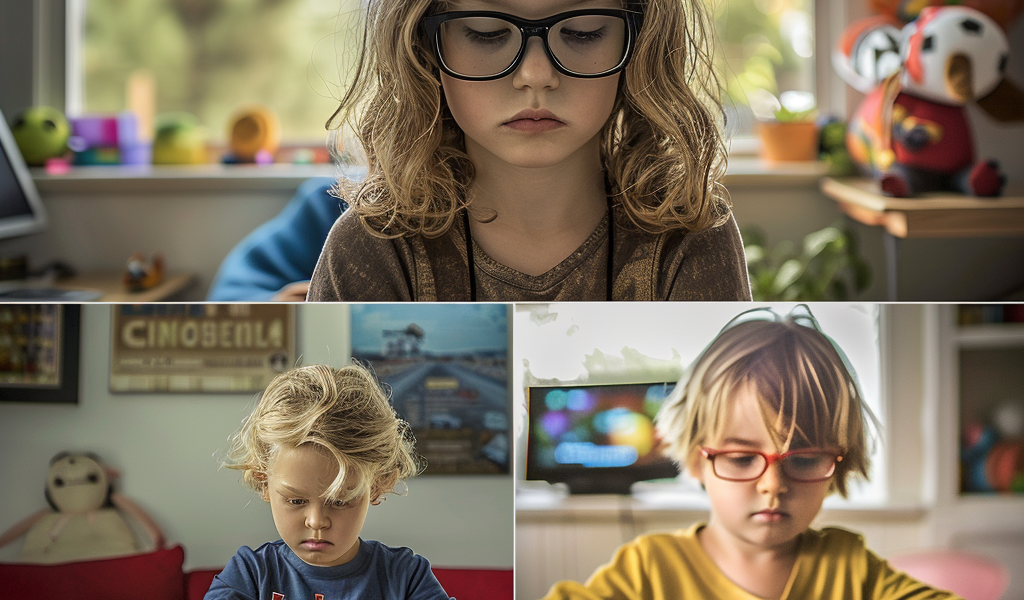Recent research has revealed alarming trends in children’s eyesight, indicating that one in three children is now affected by short-sightedness, also known as myopia. This global analysis highlights the deteriorating vision among children and the significant impact of lifestyle changes during the COVID-19 pandemic.
The study, which analyzed data from over five million children and teenagers across 50 countries, found that the prevalence of myopia has tripled since 1990, rising to 36% by 2023. The findings were published in the British Journal of Ophthalmology and underscore the urgent need to address this growing public health concern.
In particular, the research points to the COVID-19 lockdowns as a contributing factor to the worsening eyesight among young people. During these lockdowns, children spent increased amounts of time on screens and significantly less time outdoors, which has been linked to the rise in myopia cases. The findings suggest that this trend may have long-term implications for future generations.
The study highlights that the highest rates of short-sightedness are found in Asia, with staggering figures indicating that 85% of children in Japan and 73% in South Korea are affected. Other countries such as China and Russia also report more than 40% of their youth suffering from myopia. In contrast, countries like Paraguay and Uganda show some of the lowest prevalence rates, around 1%, while the UK, Ireland, and the US report approximately 15% of children being short-sighted.
Myopia typically begins in primary school years and tends to worsen until the eye stops growing, which generally occurs around the age of 20. Factors contributing to the development of myopia include genetic predisposition and environmental influences. For instance, children in East Asia often start their formal education at a much younger age, leading to prolonged periods of near-vision tasks, such as reading and screen time, which can strain the eye muscles.
Interestingly, the research also indicates a gender disparity in myopia rates, with girls being more likely to develop short-sightedness than boys. This may be due to differences in outdoor activity levels, as girls often engage in less physical activity compared to their male counterparts during their formative years. Furthermore, girls typically enter puberty earlier, which may contribute to the earlier onset of myopia.
The implications of this study are profound, as projections suggest that by 2050, more than half of the global teenage population could be affected by myopia. The researchers emphasize the need for increased awareness and preventative measures to combat this trend.
As the world continues to navigate the challenges posed by the pandemic, it becomes increasingly important for parents, educators, and policymakers to encourage outdoor activities and reduce screen time among children. By fostering healthier habits and promoting regular eye check-ups, it may be possible to mitigate the rise of myopia and protect the vision of future generations.
In summary, the growing prevalence of short-sightedness among children is a concerning trend that requires immediate attention. The interplay between environmental factors, lifestyle choices, and genetic predispositions plays a crucial role in the development of myopia. With the right strategies in place, there is hope for reversing this trend and ensuring better eye health for children worldwide.





